As you are developping a sofware, I supposed you may have a multi-threaded approach.
So in this case using an infinite while loop is a bad idea, like you are holding up your main thread.
In addition when it comes to GUI it’s also a bad idea to interfere abruptly with GUI internal threads (wxPython for instance) and you should have an event driven design approach in order to not abruptly interrupt other threads (and that will cause the crash of your application).
The use of a timer will do the job.
A timer would do these actions in the following script :
1/ call a function to clear previous artist
2 / replot the data
3/ apply changes to canvas
4/ create another identical timer in the following design way : a timer who calls another identical timer after doing its job
Like I do not have access to your datas, I created a random data provider for the illustration.
The defined variable delay_repeat allows you to program in seconds the refresh.
import pylab as pl
import random
from threading import Timer
def dataprovider():
return [random.randint(0, 8) for i in range(8)]
def random_col():
return ['blue', 'red', 'green', 'orange'][random.randint(0,3)]
# .... #
fig = pl.figure()
axes = [fig.add_subplot(2,2,i) for i in range(1,5)]
paths = [ax.scatter(x=dataprovider(), y=dataprovider(), marker = '+', c=random_col()) for ax in axes]
# .... #
def clear_arts(paths, all_arts=-1):
if all_arts < 0:
all_arts = len(paths)
for path in paths[:all_arts]:
path.remove()
def refresh_arts(paths, delay_repeat):
# 1 - clear previous artists
clear_arts(paths,all_arts=-1)
# 2 - Get artists paths for cleaning
paths = [ax.scatter(x=dataprovider(), y=dataprovider(), marker = '+', c=random_col()) for ax in axes]
# 3 - Apply changes
fig.canvas.draw_idle()
# 4 - Create another timer
Timer(delay_repeat, refresh_arts, (paths, delay_repeat)).start()
# 4- Create a timer that will run function with arguments args and keyword arguments kwargs,
# after interval seconds have passed.
delay_repeat = 2
Timer(delay_repeat, refresh_arts, (paths, delay_repeat)).start()
# print("process continues here")
pl.show()
